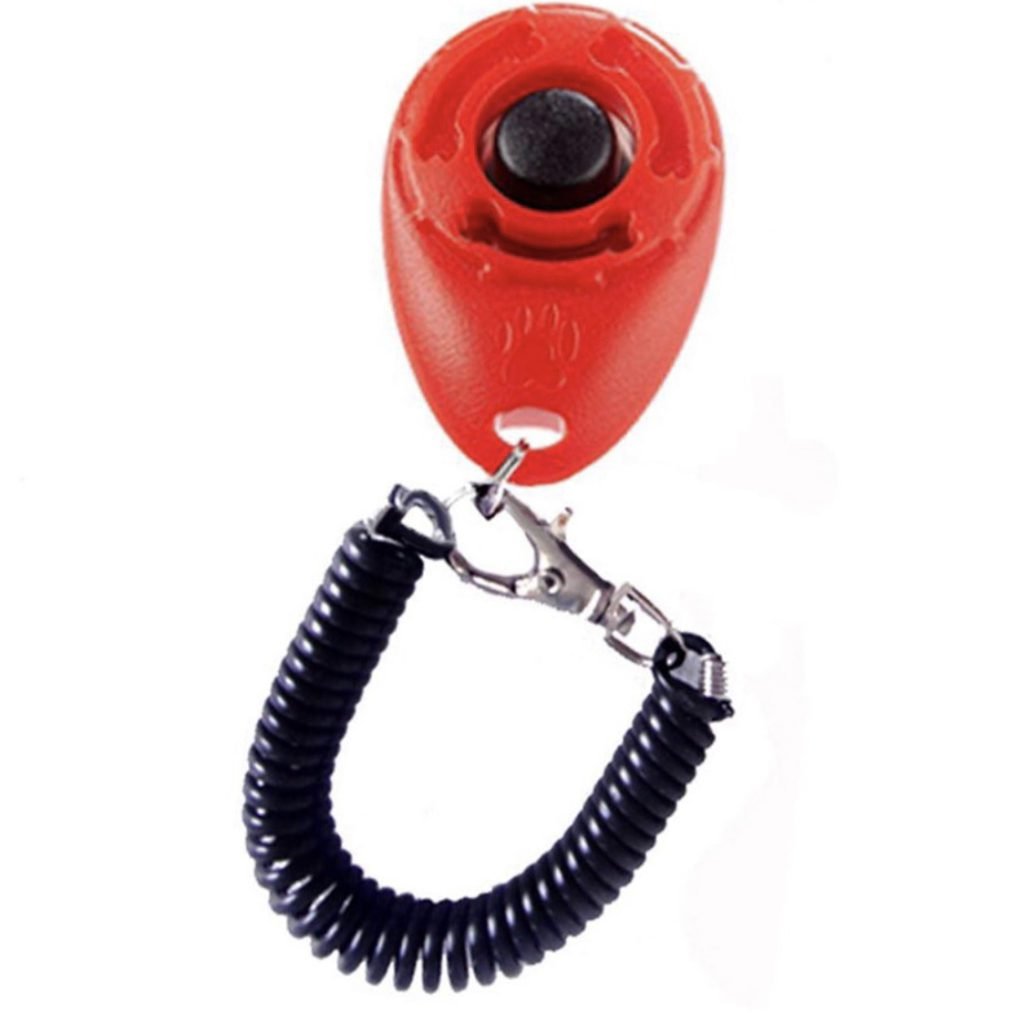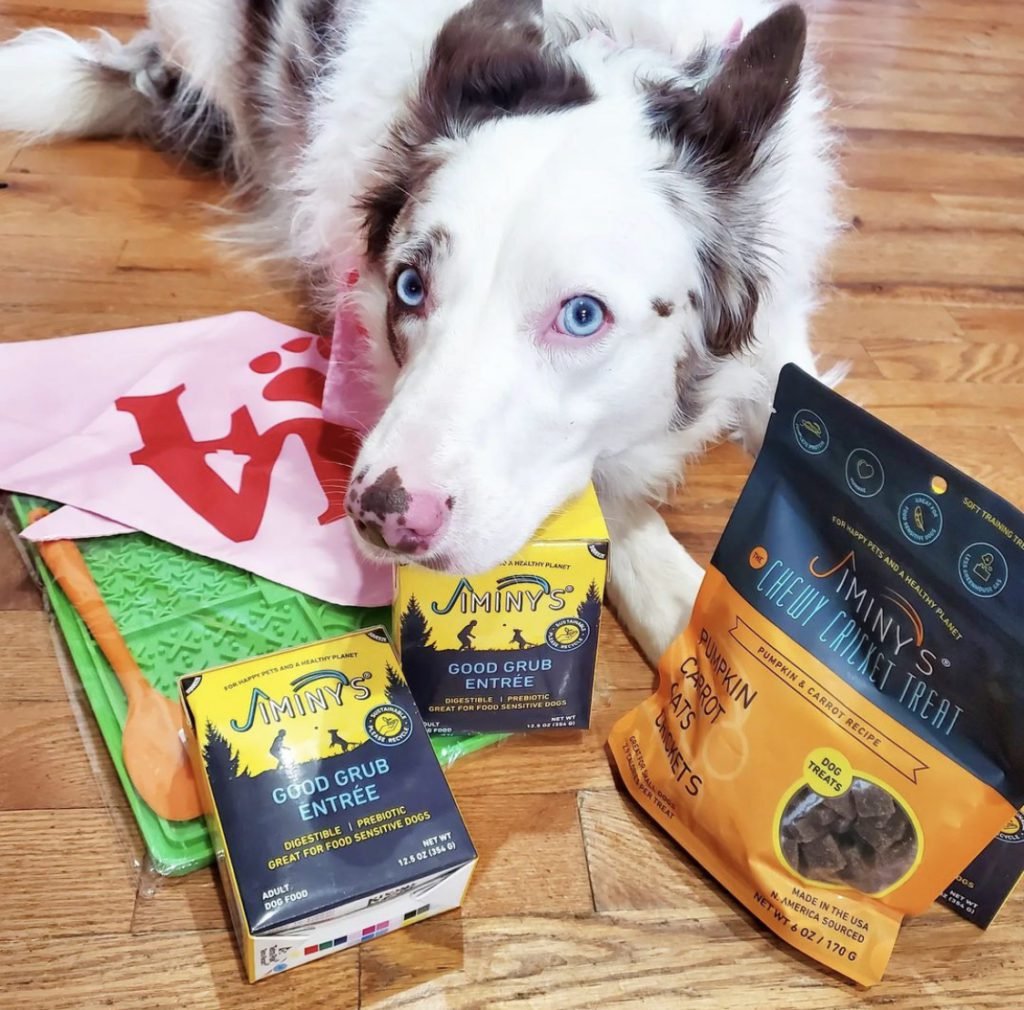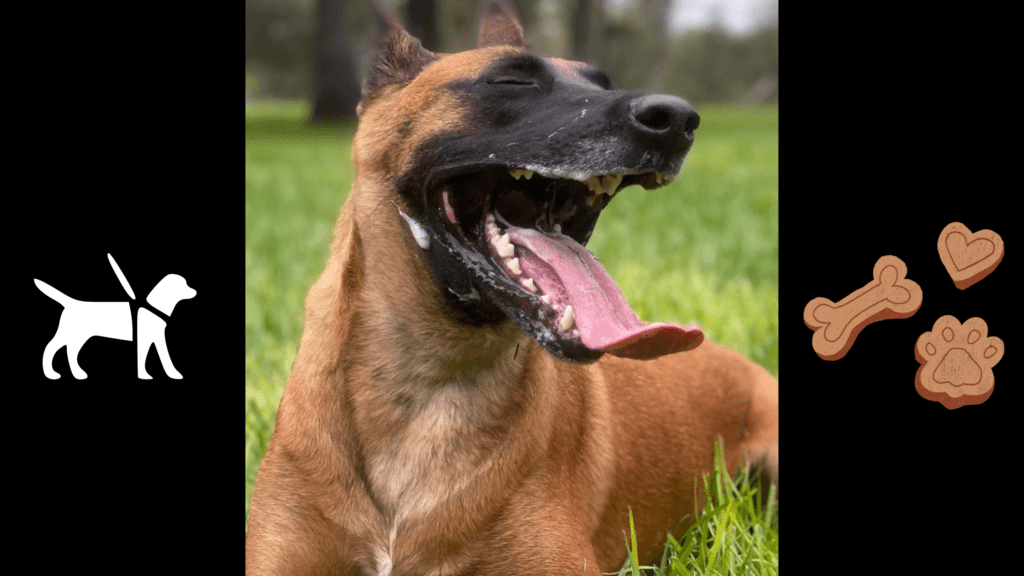Discover the benefits of force-free dog training and master the techniques. Our comprehensive guide covers everything you need to know to train your dog effectively and humanely.
Definition of Force-Free Training
Force-free training is a training method that does not involve the use of physical punishment, force, or fear-based tactics. Positive reinforcement rewards dogs for good behavior rather than punishing bad ones.
Importance of Using Force-Free Training Methods
Force-free training methods are essential because they create a positive and enriching learning environment for dogs. Avoiding force and punishment helps dogs avoid fear, stress, and physical pain and motivates them to learn and improve. Additionally, using positive reinforcement helps to strengthen the bond between dogs and their owners.
Benefits of Force-Free Training for Dogs and Owners
The benefits of force-free training are numerous. For dogs, force-free activity promotes trust, confidence, and positive behaviors. Force-free training is a friendly and successful technique for training dogs. Additionally, force-free training can aid in resolving undesirable behaviors and enhancing the quality of life for dogs and their owners. Owners can use positive reinforcement to help their dogs become well-behaved, confident, and happy companions.

Understanding Dog Behavior and Learning
How Dogs Learn through Reinforcement and Punishment
Dogs learn through the process of reinforcement and punishment. Reinforcement is followed by positive actions to improve the possibility that they will occur again. When undesirable actions are addressed by discipline, they are less likely to happen. In force-free training, positive reinforcement is the preferred method for shaping and reinforcing desired behaviors.
The Role of Positive Reinforcement in Force Free Dog Training
Positive reinforcement is a crucial component of force-free training. When dogs engage in a rewarded behavior, they are more likely to repeat that behavior in the future. Positive reinforcement can come from treats, toys, verbal praise, or petting. By consistently rewarding desired behaviors, owners can encourage their dogs to engage in those behaviors more often.
Understanding Dog Body Language and Communication
Understanding a dog’s body language and communication is essential to force-free training. Dogs communicate through their body languages, such as their tail position, ear position, and body posture, as well as through vocal cues and eye contact. By learning to recognize and understand these cues, owners can better communicate with their dogs and create a positive training environment. This can help to prevent misunderstandings and improve the effectiveness of force-free training.
Techniques and Tools Used in Force-Free Training
Positive Reinforcement Techniques
Positive reinforcement techniques are the cornerstone of force-free training. These techniques involve rewarding desired behaviors and increasing the probability of repeating a good behavior. Positive reinforcement can come from treats, toys, verbal praise, or petting. Owners can use different reinforcement techniques to create a customized dog training plan.
Clicker Training
Clicker training is positive reinforcement training that uses a small, handheld clicker to mark desired behaviors. When the dog performs the desired behavior, the owner clicks the clicker and immediately follows up with a reward. That helps to communicate to the dog that the desired behavior has been performed and reinforces the behavior.
Treats and Food Rewards
Treats and food rewards are common forms of positive reinforcement in dog training. Dogs receive these rewards immediately after doing positive behaviors to reinforce them and encourage repetition. Owners should choose treats their dog enjoys and appropriate for their dog’s dietary needs.
Toy Rewards
Toy rewards can also be used as favorable reinforcement in force-free training. Dogs love to play and can be motivated by toys, such as a ball, rope, or tug toy. Toys are great for dogs because they boost their mental and physical health.
Verbal Praise and Petting
Verbal praise and petting are effective forms of positive reinforcement in force-free training. Dogs respond well to verbal praise and affection, such as telling them “Good dog” or petting them when they perform a desired behavior. Verbal praise and petting can help to reinforce desired behaviors and build a strong bond between dogs and their owners.

Goals and Objectives
Establishing a Training Plan
Establishing a training plan is an essential first step in force-free dog training. A training plan should consider a dog’s age, breed, personality, and training goals. The owner’s training plan should list desirable behavior and reinforcement techniques.
Setting Achievable Goals and Objectives
Setting achievable goals and objectives is an essential part of force-free dog training. As their dog progresses, owners should add more demanding behaviors. That avoids failure and frustration. An owner can start by teaching their dog to sit, then go on to harder commands.
Breaking Down Complex Behaviors into Smaller Steps
Breaking challenging behaviors into smaller steps can make dog and owner training more manageable. Owners may teach each phase of behavior by breaking it down into smaller parts and then building on them. If an owner wishes to teach their dog to retrieve, they could train it to pick up a toy and bring it back.
Force Free Dog Training Common Challenges and Solutions
Addressing Problem Behaviors
Addressing problem behaviors such as barking, chewing, jumping, and aggression can be a common challenge in force-free dog training. Positive reinforcement training can correct these tendencies, which often frustrate owners. Owners should teach their dog’s alternative behaviors and reward them with positive reinforcement.
Providing Enrichment and Mental Stimulation
Providing enrichment and mental stimulation can also be challenging in force-free dog training. Without mental stimulation, dogs might develop behavioral issues. Playing with dogs, giving them toys, and teaching them constantly improve and stimulate them.
Understanding and Managing Fear and Anxiety in Dogs
In force-free training, understanding and managing fear and anxiety in dogs is also vital. Fear and anxiety can cause dogs to exhibit problem behaviors, such as aggression or destructive chewing. Owners should work with a professional dog trainer or behaviorist to understand the root cause of their dog’s fear and anxiety and develop a plan to help manage it. Counterconditioning, desensitization, and positive reinforcement can help dogs overcome concerns and establish confidence and security.

FAQ about Force Free Dog Training
What are some standard techniques used in force free dog training?
Positive reinforcement, clicker training, shaping, and lure-reward training are some of the most common force-free dog training methods.
Can force free dog training be used to address behavioral issues?
Yes, this training could help with issues like violence, insecurity, separation anxiety, and barking.
How long does it take to see results with force free dog training?
The severity of the behavioral issue, the dog’s age and breed, and the owner’s persistence and determination will determine how long force free dog training takes to work. Most dogs progress from weeks to months with consistent training.
How often should I train my dog using force free methods?
Your dog should be trained for a few minutes daily without reverting to physical or verbal punishment. Training should be a regular part of your day if you want to achieve the consistency needed for force free dog training.
Is force free dog training suitable for all breeds and sizes of dogs?
Yes, force-free dog training is appropriate for dogs of all breeds and sizes. In terms of breed or size, the system is flexible enough to meet the needs of any dog.
What types of rewards can I use in force free dog training?
Rewards used in force-free dog training can include treats, toys, praise, and affection. It’s essential to find what motivates your dog and use those rewards consistently.

